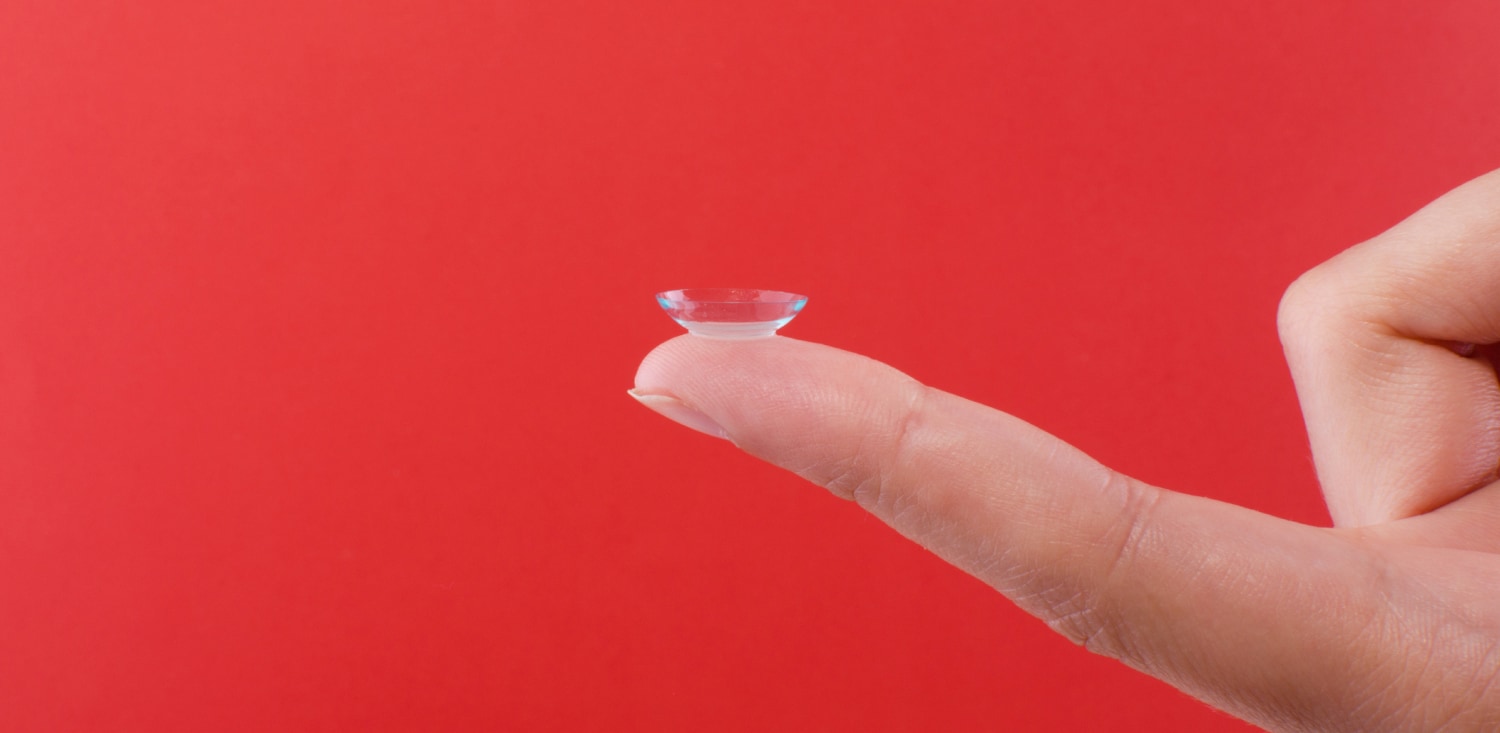Presbyopia contact lenses: everything you need to know

Have you started noticing that you’ve got to hold newspapers and menus at arm's length in order to read the print? If you are over the age of 40 and you’ve noticed that it’s become difficult to focus your eyes well enough to read print when held up close, you’re most likely exhibiting the first symptoms of presbyopia.
Presbyopia can also affect daily tasks like applying makeup, reading food labels, or even driving, especially in low light. You might feel eye strain, headaches, or fatigue when looking at objects up close or at any distance. While many people ignore these signs at first, acting early by booking an eye exam can help you find the right solution and see more comfortably.
Understanding presbyopia
Presbyopia is a condition in which your eyes gradually lose the ability to focus clearly on this up close. But don’t panic — it’s a normal part of aging. Most people notice the first signs of presbyopia around age 40.
As you age, the lens inside your eyes becomes increasingly rigid and inflexible, making it more difficult for our eyes to focus light on your retinas and create the images that are sent to the brain. The older we get, the more our lenses lose the plasticity they had when we were young and able to focus easily on objects both up close and at a distance.
Unfortunately, there’s no way to prevent presbyopia, since its cause is aging, but vision that’s affected by presbyopia can be corrected through the use of contact lenses. If nothing is done to correct presbyopia, you may start to suffer from more frequent eyestrain and headaches.
Signs and symptoms of presbyopia
Common signs and symptoms include:
- Needing to hold books, menus, or phones at arm’s length to see clearly
- Blurry vision when reading up close
- Eye strain or fatigue after near work like reading or sewing
- Headaches, especially after close-up tasks
- Difficulty seeing clearly in dim lighting
- Trouble switching focus between near and far distances
Choosing the right contact lenses for presbyopia
If you have presbyopia, you have several different treatment options, ranging from surgery to corrective lenses. Even among contact lens types, there are several options for treating presbyopia, depending on your specific needs and preferences. One of the most commonly used lenses to correct presbyopia is multifocal lenses.
Multifocal contacts provide a gradient of different prescription powers, making it easier for your eyes to change focus between objects that are close up or far away. One of the many benefits of contact lenses compared to glasses is that they may be worn continuously throughout the day, meaning that there is no need to take on and off a set of reading glasses.
People with presbyopia often choose these types of contact lenses for reading and distance vision, since they can correct multiple refractive errors in different fields of vision, providing an easy transition between them.
Some people may also benefit from monovision contact lenses, where one eye is corrected for distance and the other for near vision. Monovision contact lenses are a simple way to correct presbyopia by using different prescriptions in each eye. Your brain naturally adjusts to use the right eye for each task, allowing you to see clearly at multiple distances without switching between glasses. While it can take a short time to get used to, many people find monovision contacts a comfortable and convenient option with help from their eye doctor.
Ask your eye doctor about contact lenses for presbyopia
You can order any of these contact lenses online from ContactsDirect® and have them sent directly to your home - hassle-free! Just provide your prescription information, and when you’re ready to check out and place your order, you can even insert any insurance information.
Frequently Asked Questions
What age does presbyopia usually start?
Presbyopia often begins around age 40. It’s a normal part of aging where your eyes slowly lose the ability to focus on things up close.
Can I wear contact lenses if I have presbyopia?
Yes! Many people with presbyopia wear contacts. Options like multifocal or monovision lenses help you see clearly at all distances.
What are multifocal contact lenses?
Multifocal contacts have several prescription powers in one lens. This lets you see near, far, and in between without needing reading glasses.
Do I need a new prescription for presbyopia?
Yes. If you’ve noticed blurry near vision, it’s important to schedule an eye exam. Your doctor can update your prescription to correct for presbyopia.
Are contact lenses better than reading glasses?
It depends on your lifestyle. Contact lenses give you hands-free vision and work for both near and far sight, while reading glasses only help with close-up tasks.


